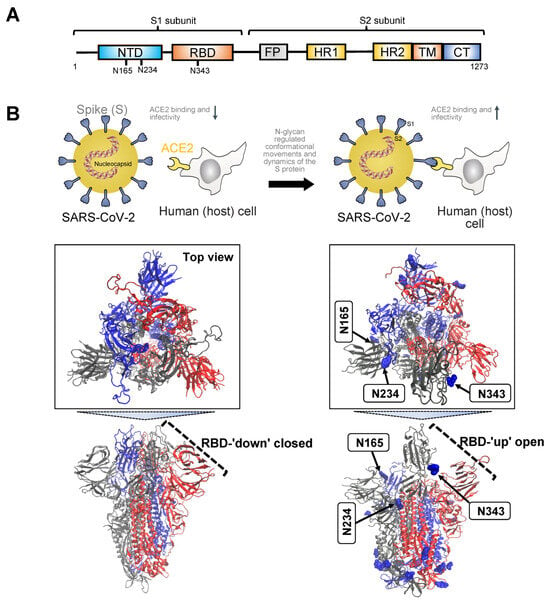Unraveling the Sugary Code: N-Glycosylation's Impact on Protein Conformation and its Link to Disease
Published in Cancer, Microbiology, and Neuroscience
Title: Unraveling the Sugary Code: N-Glycosylation's Impact on Protein Conformation and its Link to Disease
Introduction: In the intricate dance of cellular processes, a seemingly modest tweak known as N-glycosylation takes center stage. This post-translational modification endows proteins with a sophisticated sugar code, dictating their conformation, assembly, and, crucially, their roles in various diseases. A recent review article by Pasala and colleagues delves into the intricate connections among N-glycosylation, protein conformation, and diseases ranging from cancer to neurodegenerative disorders and infections.
Exploring N-Glycosylation and Protein Conformation: Pasala and colleagues' review offers a comprehensive exploration, casting a spotlight on the delicate interplay between N-glycosylation and protein conformation. By unraveling the dynamic relationship between glycans and proteins, the review homes in on how N-glycans choreograph distinct protein conformations in both normal and pathological conditions across a spectrum of diseases, including cancer, neurodegenerative disorders, and infectious diseases.
What Sets This Review Apart: Distinguishing itself from generic overviews, this review plunges into specific examples such as the SARS virus spike protein, the prion protein, and the chaperone glucose-regulated protein 94 (GRP94). Through these vivid examples, it paints a compelling picture of how N-glycosylation reshapes physiological protein structures into disease-associated forms. The review goes beyond surface-level examinations, providing meticulous analyses of glycan-protein interactions and their far-reaching consequences.
Unveiling Therapeutic Avenues: This review emphasizes a paradigm shift in therapeutic strategies by targeting glycosylation-induced conformational mutants. These mutants, characterized by altered three-dimensional structures or conformational dynamics compared to wild-type proteins, emerge as unique and actionable targets for intervention. Notably, the focus extends beyond individual proteins, illuminating how glycan-mediated remodeling influences the entire protein interactome, reshaping functional pathways at a systemic level. This intricate interplay, occurring at both molecular and systems levels, contributes to the profound reshaping of cellular phenotypes.
Conclusion: In essence, this review not only spotlights N-glycosylation as a source of actionable targets for precision therapies but also underscores the transformative potential of modulating glycan-regulated protein structures and functions within a systemic context. As we navigate the sweet complexities of the cellular world, the implications of this sugary code extend far beyond individual proteins, offering a new frontier for innovative approaches to tackle complex diseases.



Please sign in or register for FREE
If you are a registered user on Research Communities by Springer Nature, please sign in